
International Environment & India's Strategic Role
The chips industry has become the "new oil" of the 21st century, powering everything from telephones and notebooks to electric vehicles (EVs), satellites, and defense technology. Worth over US$600 billion in 2023 and poised to hit US$1 trillion by 2030, the industry is a barometer of world economic power, supply chain independence, and geo-political heft.
Manufacturing leadership is now in Taiwan through TSMC, South Korea through Samsung, Japan, and the United States through giants like Intel, Qualcomm, and Nvidia. China invested billions attempting to cut back import dependency under its "Made in China 2025" plan but has been greatly impacted by U.S. sanctions from acquiring next-generation technologies.
The COVID-19 pandemic exposed the weakness of this extremely interconnected supply chain. Chinese and Taiwanese shortages shut down automobile manufacturing in Europe and delayed electronics launches in the U.S. The Russia–Ukraine conflict and ongoing U.S.–China tech rivalry have given added urgency to the international imperative to diversify semiconductor production.
Against this background, India has remained a politically stable, scalable, and investible place for foreign businesses. Policymakers and business entrepreneurs are turning the nation into a leading semiconductor investor. Investors in India and multinationals must expand business in India, driven by rising local demand, supply chain diversification, and strong policy support by the Atmanirbhar Bharat (self-reliant India).
India's Strength & Market Potential
India offers natural resources that put India in a position of advantage for doing business in India for the semiconductor sector.
Design competency is arguably the most powerful capability. Nearly 20% of the world's semiconductor design engineers are based in India, and industry leaders such as Texas Instruments, Qualcomm, Broadcom, Intel, and Nvidia all have large R&D operations in Bengaluru, Hyderabad, and Noida.
Market potential is also a significant factor. India's electronics market will be US$400 billion by 2026, driven by over 1.2 billion smartphone consumers, high EV and energy storage solution penetration, 5G and upcoming 6G infrastructure development, and growing IoT-based smart city solutions.
India also produces over 1.5 million engineers annually, and that is a huge pool of talent to tap design, test, and R&D at competitive costs. Geopolitical neutrality breeds confidence too. Building ever-growing coalitions of India with the U.S., Japan, Taiwan, and the EU makes India a stable long-term ally for Indian investors capable of doing business in India without sacrificing the stability of the supply chain.
The congruence of escalating demand, large pool of talent, and geopolitical stability provides unparalleled opportunities for global players doing business in India.
Government Support & Policy Incentives
The Indian Government has put in place a holistic policy system that has made doing business in India in the semiconductor industry significantly more appealing than before.
The India Semiconductor Mission (ISM) leader under the Semicon India Programme offers upto 50% funding support for semiconductor fabs, display fabs, compound semiconductors, and ATMP/OSAT units with a budgetary support of ₹76,000 crore. Vedanta–Foxconn, Tata, and Micron ventures are already in the pipeline.
To encourage innovation, Design Linked Incentive (DLI) scheme provides reimbursement up to 50% of R&D costs and sales incentives, rewarding more than 30 startups and collaborating with IITs and IISc on Chips-to-Startup.
Production Linked Incentive (PLI) scheme further boosted electronics manufacturing push, benefiting Apple contract manufacturers like Foxconn and Wistron and Samsung and others in driving Indian scale, thus triggering downstream chip demand.
Modified EMC 2.0 and SPECS plans are providing infrastructure support extension, cleanroom area, utility, and 25% capital subsidy on plant and machinery for cut in setup cost. State incentives such as Uttar Pradesh's Semiconductor Policy 2024 offering over ₹8,500 crore of incentive for greenfield projects are making going just as sweet for investors in India.
These are in line with global initiatives such as the U.S. CHIPS Act and the EU Chips Act, which will give a level playing field all around and minimize entry barriers to companies doing business in India.
Market Entry & Value Chain Opportunities
There are numerous open channels for foreign as well as domestic players who want to be doing business in India. Joint ventures provide political clout and home market access, such as Vedanta–Foxconn joint venture and Tata alliances. Wholly owned subsidiaries provide full control with the cost of extra capital, such as Micron Sanand investment. Mergains and acquisitions provide foreign fabless rivals with the ability to acquire high-design IP Indian startups, whereas contract manufacturing provides low-cost outsourcing of assembling and packaging.
There are prospects in a broad array of segments across the value chain. Wafer fabs are capital and long-term but categorically indispensable for sovereignty. ATMP/OSAT manufacturing facilities, less capital-intensive, is one of the rapidly growing opportunities. India already dominates the world in R&D and design and ancillary supply chains such as equipment, specialty gases, and rare earths which remain untapped. New domains of future-generation technology like AI accelerators, EV semiconductors, and IoT processors are the new domains where investors in India can seek to expand business in India with high growth potential.
Challenges & Risk Mitigation
No smooth sailing opportunities for doing business in India in semiconductors despite massive opportunities.
Massive capital investments of US$5–10 billion per fab, which provides long payback period and finance risk. Power, water, and lack of logistics infrastructure lead to downtime. There are skill shortages in manufacturing processes although India is extremely strong in design. India also imports equipment and raw material and is not competitive yet at the leading edge nodes of below 10nm. Mitigation strategies include public-private partnership funding, introduction in phases, and support for funding; specially built semiconductor clusters for enabler infrastructure for EMC 2.0; and Chips-to-Startup and global academic collaborations for human capacity building. India is also targeting advanced 28nm and above nodes in power and automotive semiconductors where competition is relatively weaker and demand stronger.
To Indian investors, staged investment in ATMP/OSAT and leveraging India's design ecosystem present a risk-free entry strategy to expand business in India and incremental capability building.
Why Now & Future Outlook?
Three global trends make India business in 2025 and beyond especially appealing. One, diversification of supply chains is the U.S., EU, and Japan's top priority, and India's democratic economy and sheer manpower asset automatically put it on that priority list. Two, domestic demand is rising as a result of mass consumption of smartphones, EVs, and AI technology. Three, stable policy and tax incentive provide Indian investors with confidence that long-term risk is minimal.
Recent deals are evidence of the speed. Vedanta–Foxconn has invested in a planned US$19.5 billion Gujarat fab. Tata Electronics is building ATMP plants in Tamil Nadu and Gujarat. Micron is investing US$2.7 billion in a Sanand ATMP factory, and Tarq Semiconductors is building over ₹8,500 crore in Uttar Pradesh.
India will not be a rival to Taiwan's sub-5nm supremacy in the near term in the forthcoming decade but will rule design, ATMP/OSAT, and compound semiconductors such as GaN and SiC application for EVs, power electronics, and AI. That is going to be phasing when global players will have the bandwidth to expand business in India in scalable phases as well as market expansion.
Conclusion
India's Semiconductor Policy 2025, driven by initiatives like SPECS, DLI, and aggressive state-level incentives, is a new world model in the global semiconductor economy. Unprecedented design capability, rapidly growing indigenous demand, and robust geopolitical positioning make India increasingly a center of global semiconductor diversification.
It is an Indian investor's message: deep fiscal incentives, robust infrastructure opportunity, and global collaborations make India a very welcoming place to be doing business in India. Capital intensity, technology deficit, and skill deficit issues persist, but by tackling them through continued fiscal incentives and global collaborations, India can turn into a cost center and strategic collaborator with the globe's semiconductor value chain.
India will be able to take a significant share in the projected US$1 trillion global semiconductor market by 2030 and therefore bring about the same growth as technology autonomy. India is not just a choice, but a necessity of the future for the next quantum leap of multinational firms.
Recent Posts
-
 Applicability of Ind AS vs Indian Accounting Stand...
Nov 11,2025
Applicability of Ind AS vs Indian Accounting Stand...
Nov 11,2025
-
 Public vs. Private Trust: key Differences in Regis...
Oct 28,2025
Public vs. Private Trust: key Differences in Regis...
Oct 28,2025
-
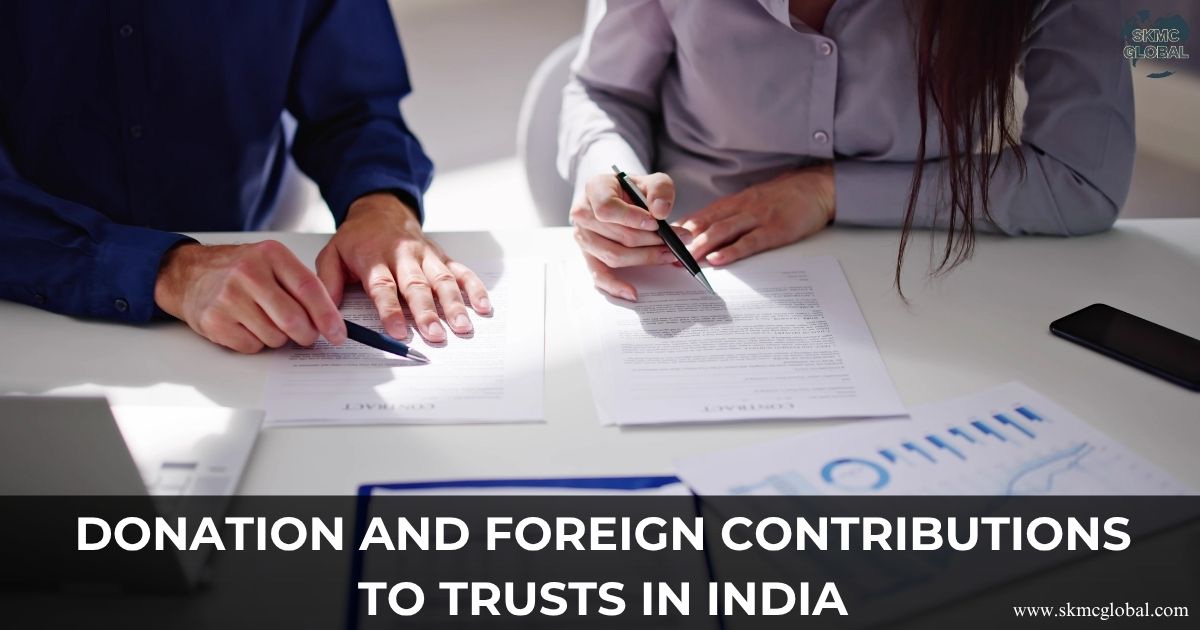 Donation and Foreign Contributions to Trusts in In...
Oct 23,2025
Donation and Foreign Contributions to Trusts in In...
Oct 23,2025
-
 Redeemable Preference Shares as a Financial Tool...
Oct 22,2025
Redeemable Preference Shares as a Financial Tool...
Oct 22,2025
-
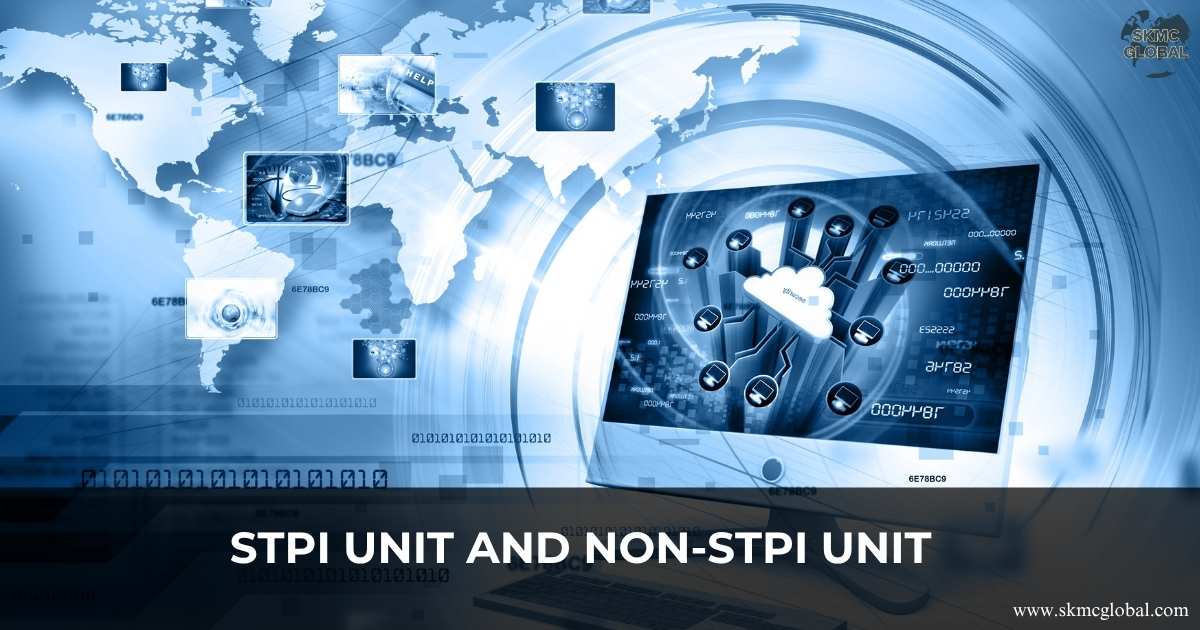 STPI Unit and Non-STPI Unit...
Oct 16,2025
STPI Unit and Non-STPI Unit...
Oct 16,2025
-
 Country-by-Country Reporting (CbCR) and Its Evolvi...
Oct 09,2025
Country-by-Country Reporting (CbCR) and Its Evolvi...
Oct 09,2025
-
 What is Free Trade Agreement and Certificate of Or...
Oct 08,2025
What is Free Trade Agreement and Certificate of Or...
Oct 08,2025
-
 What is the relevance of status holders certificat...
Oct 06,2025
What is the relevance of status holders certificat...
Oct 06,2025
-
 Redemption of Advance Authorization under Foreign ...
Oct 04,2025
Redemption of Advance Authorization under Foreign ...
Oct 04,2025
-
 What is provisional assessment of Bill of Entries ...
Sep 29,2025
What is provisional assessment of Bill of Entries ...
Sep 29,2025
-
 Redemption of EPCG License...
Sep 26,2025
Redemption of EPCG License...
Sep 26,2025
-
 MOOWR (Manufacturing and Other Operations in Wareh...
Sep 24,2025
MOOWR (Manufacturing and Other Operations in Wareh...
Sep 24,2025
-
 Procedure to Apply SCOMET License...
Sep 22,2025
Procedure to Apply SCOMET License...
Sep 22,2025
-
 Landscape of Semiconductor Industry while Doing Bu...
Sep 18,2025
Landscape of Semiconductor Industry while Doing Bu...
Sep 18,2025
-
 The Hidden Costs of In-House Accounting v/s Outsou...
Sep 17,2025
The Hidden Costs of In-House Accounting v/s Outsou...
Sep 17,2025
-
 TDS on sale of immovable property by an nri...
Sep 10,2025
TDS on sale of immovable property by an nri...
Sep 10,2025
-
 Setting up a Project Office in India...
Sep 08,2025
Setting up a Project Office in India...
Sep 08,2025
-
 Tax Implication for Transferring NRO Funds to NRE ...
Sep 05,2025
Tax Implication for Transferring NRO Funds to NRE ...
Sep 05,2025
-
 How outsourcing CFO services helps the corporates ...
Aug 27,2025
How outsourcing CFO services helps the corporates ...
Aug 27,2025
-
 Why a Periodical Cash Flow Statement is Necessary ...
Aug 26,2025
Why a Periodical Cash Flow Statement is Necessary ...
Aug 26,2025
-
 What is FATCA and CRS reporting and its difference...
Aug 22,2025
What is FATCA and CRS reporting and its difference...
Aug 22,2025
-
 What are unclaimed TDS Credits and how to claim it...
Aug 21,2025
What are unclaimed TDS Credits and how to claim it...
Aug 21,2025
-
 Digital Taxation is reshaping Tax Nexus Between Ju...
Aug 20,2025
Digital Taxation is reshaping Tax Nexus Between Ju...
Aug 20,2025
-
 Procedure to Take PF Registration and Its Complian...
Aug 18,2025
Procedure to Take PF Registration and Its Complian...
Aug 18,2025
-
 Procedure to take PSARA License...
Aug 11,2025
Procedure to take PSARA License...
Aug 11,2025
-
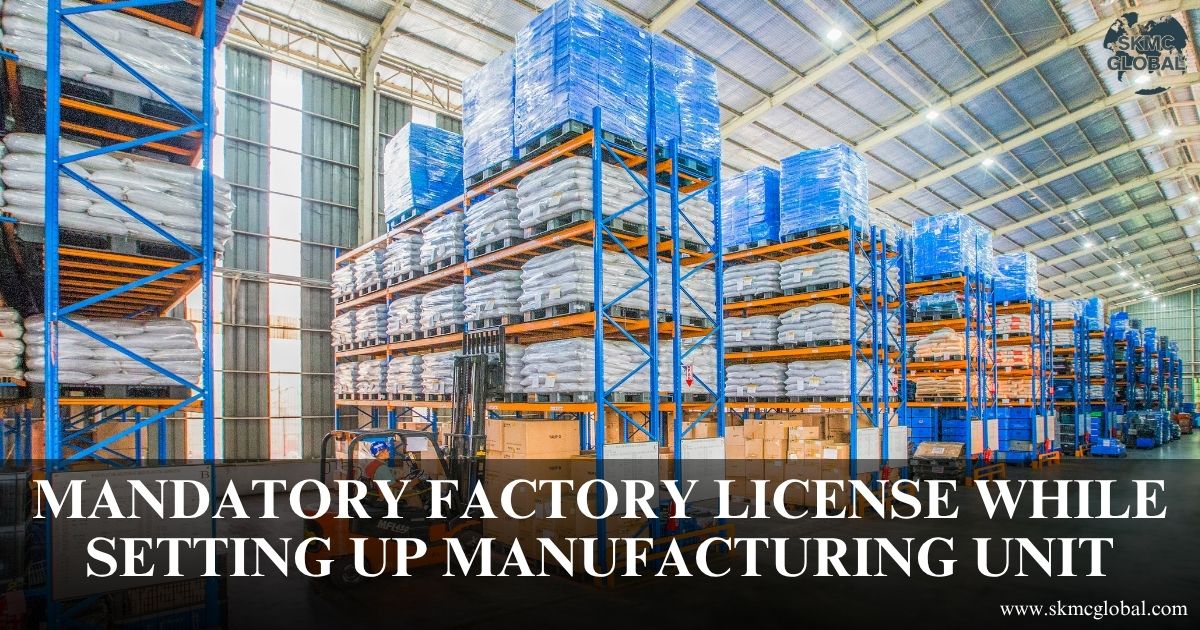 Mandatory factory license while setting up manufac...
Aug 08,2025
Mandatory factory license while setting up manufac...
Aug 08,2025
-
 Procedure for obtaining NBFC Registration in India...
Aug 04,2025
Procedure for obtaining NBFC Registration in India...
Aug 04,2025
-
 FSSAI License registration for Food Business...
Jul 14,2025
FSSAI License registration for Food Business...
Jul 14,2025
-
 How Management Information System (MIS) reporting ...
Jul 11,2025
How Management Information System (MIS) reporting ...
Jul 11,2025
-
 IFRS 9 impairment- A complete guide...
Jul 12,2025
IFRS 9 impairment- A complete guide...
Jul 12,2025
-
 Why most of the companies are shifting to hr and p...
Jul 10,2025
Why most of the companies are shifting to hr and p...
Jul 10,2025
-
 A complete guide on valuation of shares...
Jul 10,2025
A complete guide on valuation of shares...
Jul 10,2025
-
 BIS registration for foreign manufacturer...
Jul 09,2025
BIS registration for foreign manufacturer...
Jul 09,2025
-
 Understanding the Scope of the Shops and Establish...
Jul 08,2025
Understanding the Scope of the Shops and Establish...
Jul 08,2025
-
 Coso framework: Complete guide on internal control...
Jun 26,2025
Coso framework: Complete guide on internal control...
Jun 26,2025
-
 Components and Process for Conducting Internal Aud...
Jun 25,2025
Components and Process for Conducting Internal Aud...
Jun 25,2025
-
 What is ICFR and Why It is Important for Businesse...
Jun 24,2025
What is ICFR and Why It is Important for Businesse...
Jun 24,2025
-
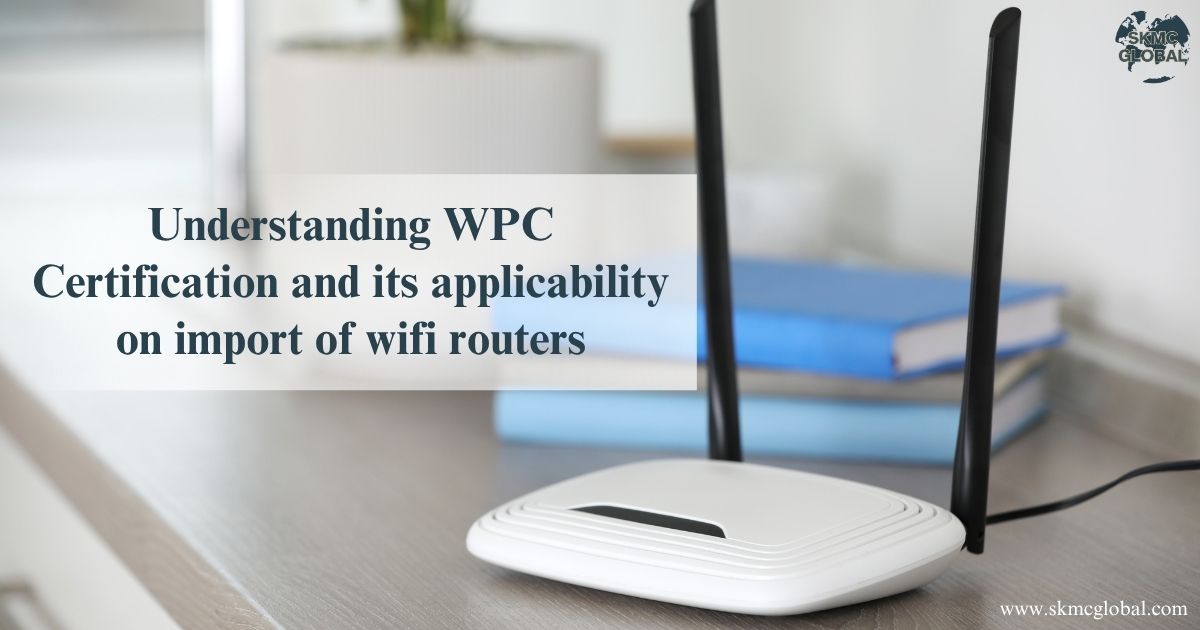 Understanding WPC Certification and its applicabil...
Jun 23,2025
Understanding WPC Certification and its applicabil...
Jun 23,2025
-
 Procedure to take EPR registration for battery was...
Jun 21,2025
Procedure to take EPR registration for battery was...
Jun 21,2025
-
 3PL Logistics...
Jun 19,2025
3PL Logistics...
Jun 19,2025
-
 What is E-Waste and role of EPR in Waste Managemen...
Jun 17,2025
What is E-Waste and role of EPR in Waste Managemen...
Jun 17,2025
-
 M&A Due Diligence in India: How to Spot Target Com...
Jun 16,2025
M&A Due Diligence in India: How to Spot Target Com...
Jun 16,2025
-
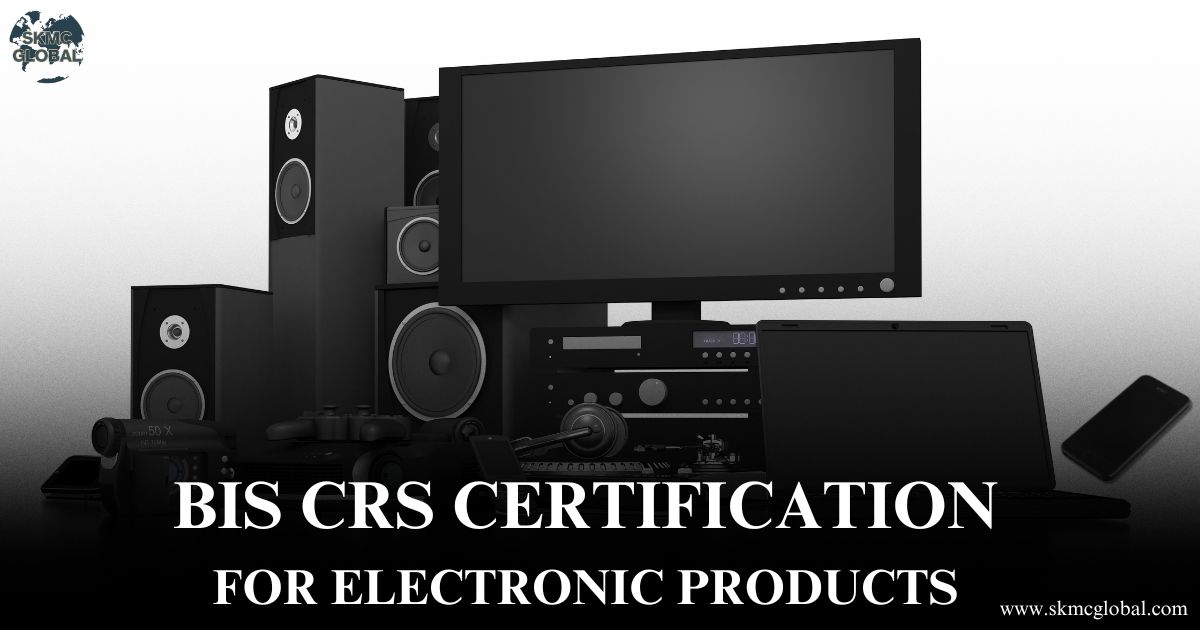 BIS crs certification for electronic products...
Jun 12,2025
BIS crs certification for electronic products...
Jun 12,2025
-
 All you need to know about WPC ETA certification f...
Jun 11,2025
All you need to know about WPC ETA certification f...
Jun 11,2025
-
 What is CDSCO Registration under The Drugs & Cosme...
Jun 10,2025
What is CDSCO Registration under The Drugs & Cosme...
Jun 10,2025
-
 Procedure to Take CDSCO Registration in India: A C...
Jun 09,2025
Procedure to Take CDSCO Registration in India: A C...
Jun 09,2025
-
 All You Need to Know About AERB Registration...
Jun 07,2025
All You Need to Know About AERB Registration...
Jun 07,2025
-
 Understanding POSH (Prevention of Sexual Harassmen...
Jun 03,2025
Understanding POSH (Prevention of Sexual Harassmen...
Jun 03,2025
-
 Chartered Accountant's role in financial managemen...
May 23,2025
Chartered Accountant's role in financial managemen...
May 23,2025
-
 5 Things to keep in mind while running your payrol...
May 17,2025
5 Things to keep in mind while running your payrol...
May 17,2025
-
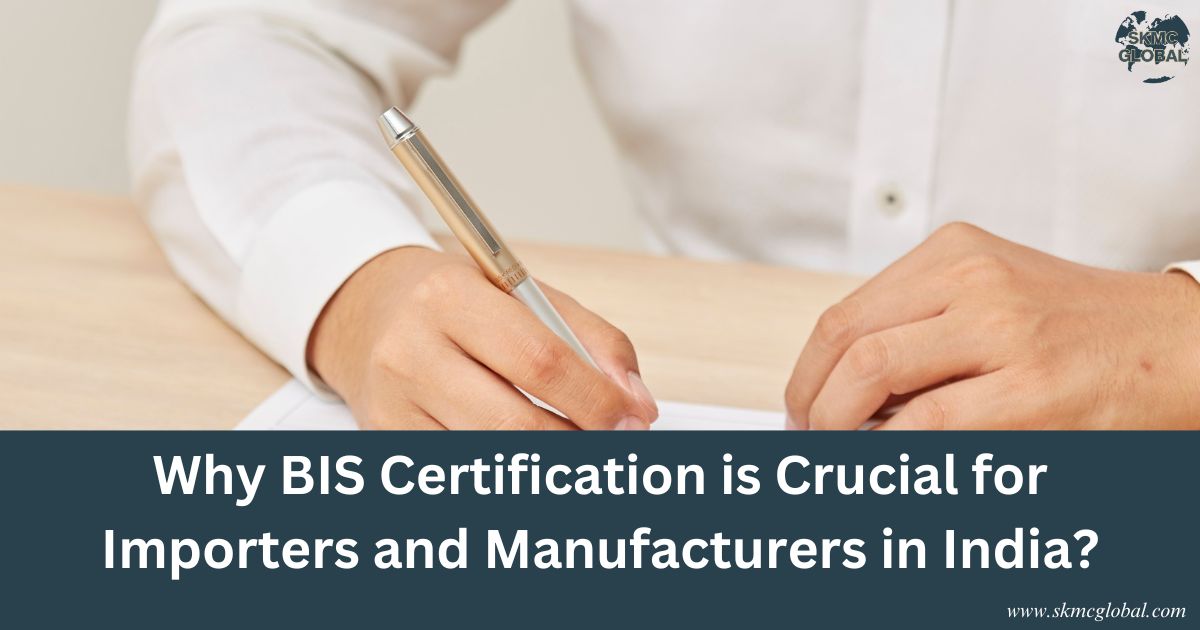 Why BIS Certification is Crucial for Importers and...
May 15,2025
Why BIS Certification is Crucial for Importers and...
May 15,2025
-
 Top 7 Reasons Indian Entrepreneurs Are Switching t...
May 07,2025
Top 7 Reasons Indian Entrepreneurs Are Switching t...
May 07,2025
-
 Incorporation of Company in Japan...
Apr 24,2025
Incorporation of Company in Japan...
Apr 24,2025
-
 How to set up a Representative Office in Singapore...
Apr 14,2025
How to set up a Representative Office in Singapore...
Apr 14,2025
-
 BIS certificate for medical equipments...
Apr 09,2025
BIS certificate for medical equipments...
Apr 09,2025
-
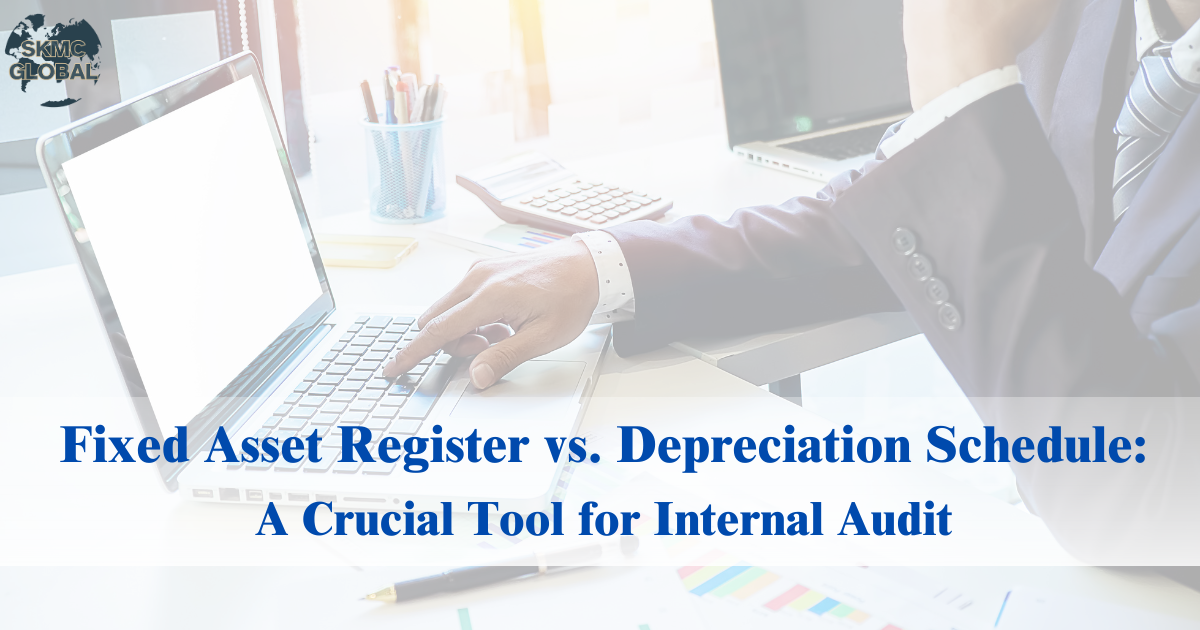 Fixed Asset Register v/s Depreciation Schedule: A ...
Apr 02,2025
Fixed Asset Register v/s Depreciation Schedule: A ...
Apr 02,2025
-
 Role of AI in Accounting...
Mar 26,2025
Role of AI in Accounting...
Mar 26,2025
-
 Capital Structure & its Impact on Profitability...
Feb 21,2025
Capital Structure & its Impact on Profitability...
Feb 21,2025
-
 Union Budget 2025...
Feb 01,2025
Union Budget 2025...
Feb 01,2025
-
 What is EPR in Plastic waste Management? ...
Jul 12,2022
What is EPR in Plastic waste Management? ...
Jul 12,2022
-
 Lithium-ion Battery Recycling Plant Setup in India...
May 10,2022
Lithium-ion Battery Recycling Plant Setup in India...
May 10,2022
-
 Setting up E-waste Recycling Plant Setup...
Jan 12,2022
Setting up E-waste Recycling Plant Setup...
Jan 12,2022
-
 Applicability of Labour Laws in India...
Jul 15,2021
Applicability of Labour Laws in India...
Jul 15,2021
-
 Basis to Outsource Finance and Accounting Services...
Oct 31,2021
Basis to Outsource Finance and Accounting Services...
Oct 31,2021
